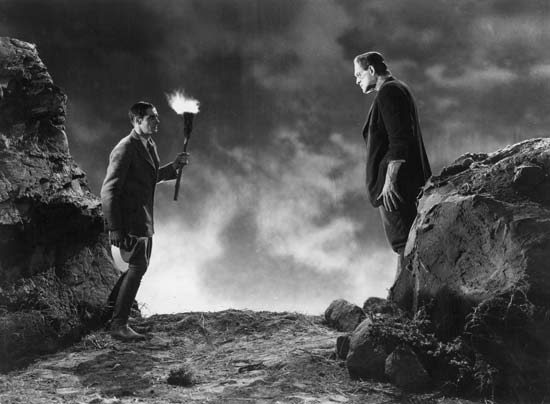
As the ISIS Sunni radicals, after proclaiming a new Caliphate, continue to conquer Iraqi towns, and the Al Nusra Front Sunni radicals proclaim a new Emirate in Syria, it is good to remember that the policy that led to this mess was initiated under the Bush Administration, with full cognizance of the possibility that it could result in severe terroristic and destabilizing blowback. It was in 2007 that the U.S. and Saudi Arabia launched what Seymour Hersh, who broke the story in The New Yorker, called “the Redirection.” Under this policy revolution, the U.S. and the Saudis (with Israel’s blessing and prodding) began trying to bolster Sunni radicals in an effort to “contain” the “Shiite resurgence” brought about by the U.S. empowerment of the Shiites in Iraq. It all started in Lebanon (emphasis added):
In Lebanon, the Administration has cooperated with Saudi Arabia’s government, which is Sunni, in clandestine operations that are intended to weaken Hezbollah, the Shiite organization that is backed by Iran. The U.S. has also taken part in clandestine operations aimed at Iran and its ally Syria. A by-product of these activities has been the bolstering of Sunni extremist groups that espouse a militant vision of Islam and are hostile to America and sympathetic to Al Qaeda. (…)
The new strategy “is a major shift in American policy—it’s a sea change,” a U.S. government consultant with close ties to Israel said. The Sunni states “were petrified of a Shiite resurgence, and there was growing resentment with our gambling on the moderate Shiites in Iraq,” he said. “We cannot reverse the Shiite gain in Iraq, but we can contain it.”
“It seems there has been a debate inside the government over what’s the biggest danger—Iran or Sunni radicals,” Vali Nasr, a senior fellow at the Council on Foreign Relations, who has written widely on Shiites, Iran, and Iraq, told me. “The Saudis and some in the Administration have been arguing that the biggest threat is Iran and the Sunni radicals are the lesser enemies. This is a victory for the Saudi line.”
(As it turns out, as reported by Patrick Cockburn, not all of the Saudis embraced such a blowback-inviting policy, so it would be more accurate to call it a victory for the Prince Bandar bin Sultan line.) The fact that U.S. policymakers concluded that beleaguered Iran, with its long track record of not attacking a single country, is more of a danger than Sunni radicals, like the ones responsible for 9/11 and every other Al Qaeda attack, is an indication of just how little our overlords care about actually protecting us, as compared to pursuing regional power politics.
Continue reading “Frankensteinian Hubris: Bush’s “Redirection” and the Rise of ISIS”




